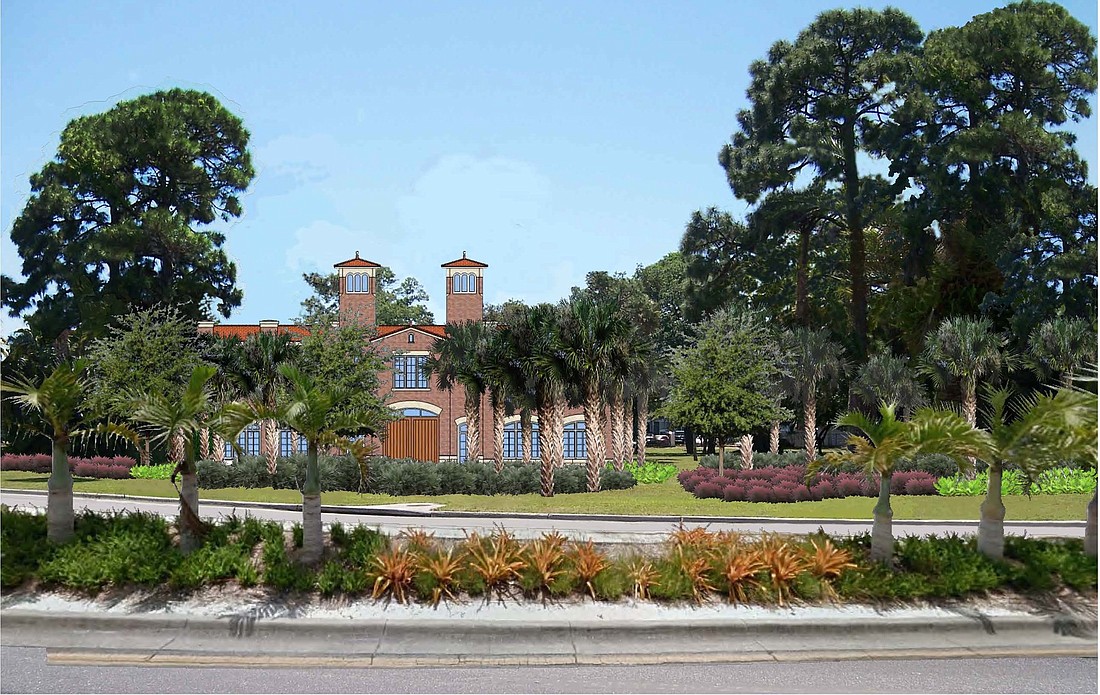- April 24, 2024
-
-
Loading

Loading

On May 5, 2008, the City Commission voted unanimously to move the aging Lift Station 7 facility to a new site in Luke Wood Park.
Nine years and millions of dollars later, the project is far from finished. It may not be until the next decade.
A report provided to the city at the time made the case for Luke Wood Park as the optimal location for a wastewater treatment facility. While other sites under consideration could cost as much as $11 million, building a lift station in Luke Wood Park — a city-owned property near Tamiami Trail and Mound Street — was estimated at $8.5 million.
The site would have the lowest construction cost and provide the fewest construction difficulties, the report said. The project could be finished by summer 2011.
The process of building that new lift station, called Lift Station 87, continues today. The city has used two engineering firms. The plans have been redesigned and construction has gone through multiple delays.
On Tuesday, the City Commission again voted unanimously to proceed with construction of the lift station. The next phase of the project — actually building the lift station structure — will cost $21.3 million, $5 million more than an original estimate. It’s scheduled to be completed by May 2020.
Between previous expenses and the projected cost to finish building the project, the city is facing a total of more than $54 million in Lift Station 87-related spending. That’s more than six times the original estimate. The project is scheduled to conclude perhaps a full decade later than the city originally hoped.
The city hired engineering firm McKim & Creed to oversee the Lift Station project in 2013.
At that point, the city had already spent $11.2 million on the project. It had begun legal action against AECOM, the previous engineering firm behind the project, for failing to adequately finish the work it promised.
Initially, McKim and Creed didn’t publicly deviate from a construction schedule that suggested the lift station could be built by 2016. But by 2015, the group had a new budget and timeline: up to $36 million, finished by 2020.
Robert Garland, the project manager with McKim and Creed, says the initial $8.5 million estimate is no longer a relevant benchmark in considering the price of the lift station.
“That was done at the height of the recession,” Garland said. “People were breaking even or losing money just to keep people employed.”
The most significant changes to the project have been design-oriented. The project morphed from an underground facility into an above-ground, hurricane-resistant structure. Much of the original work had to be redone. McKim and Creed had to microtunnel deeper below Hudson Bayou than originally expected, an intensive drilling process that led to AECOM’s departure.
On Tuesday, City Commissioner Hagen Brody questioned whether the city had to proceed with building a lift station at Luke Wood Park. Despite the issues, the city has remained committed to its original site choice throughout the process. Mitt Tidwell, the city’s utilities director, said price increases have more to do with an emphasis on stability. The lift station will eventually handle one-third of the city’s wastewater.
There have been site-specific challenges, though. The need to drill deeper below Hudson Bayou increased the cost “quite a bit,” Tidwell said in 2015. The phase two expenses include the excavation of limestone to construct a new wet well, which is where sewage is initially treated. Garland said the price of that work is estimated at $2 million.
Garland points out that McKim and Creed’s work hasn’t varied greatly from the 2015 estimates. Although the phase two costs are higher than originally projected, the phase one costs were $3.1 million under the same projections.
The city is also optimistic it can recover between $15 million and $20 million from its lawsuit against AECOM. Still, as Mayor Shelli Freeland Eddie pointed out, the outcome of that case is uncertain. A court date is scheduled for summer 2018, but that ruling is subject to potential appeal.
Despite the cost and timeline, the city is confident its plans will ultimately produce a high-quality Lift Station 87.
“It’s been a long, drawn-out project that we wish had been completed years ago,” Tidwell said. “Unfortunately, it wasn’t. We’re taking action now to get it completed. We’re on track.”